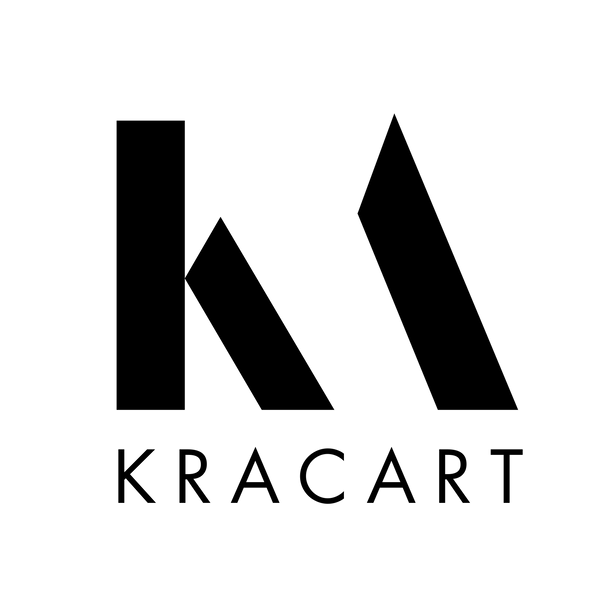Marie-Laure Desjardins
Painting after. After the Treaty of Paris (1947). After the Leipzig School. After the fall of the Berlin Wall (1989). After the New Leipzig School. This is the challenge facing those who today come to exhibit in Paris. Led by Gustav Sonntag, Kathrin Thiele, Sebastian Hosu and Rachel von Morgenstern are following in the footsteps of their prestigious elders, and bringing to France the voice of a young generation of painters who are embracing their history and emancipating themselves from it with the same élan.
Leipzig's pictorial history is deeply marked by its Academy of Fine Arts, the Hochschule für Grafik und Buchkunst (HGB), one of the oldest art schools in Europe. Founded in 1764, the institution has never ceased to train renowned artists and promote a rigorous approach to art. A haven for freedom of artistic expression even under the East German regime, it is a place of exploration for those tempted by alternative paths, without forsaking a solid technical training. A fertile breeding ground, it is at the heart of the city's artistic reactor.
But a trip in the time machine is in order. It's the aftermath of the Second World War, and Leipzig is awakening in the East. A wall now separates Europe. Renowned for its university, its publishing center, and for keeping Bach alive until his death, the highly cultural Leipzig must bow to the rules of communism. Unsurprisingly, it was at the Academy of Fine Arts that a form of resistance was organized. By 1960-1970, the Leipzig School had decided to make a name for itself. While responding to the demands of socialist realism, artists such as Bernhard Heisig, Wolfgang Mattheuer, Gerhard Kurt Müller and Werner Tübke succeeded in establishing a critical distance from the regime. Under the guise of realism, their scenes of history unfolded a symbolic charge and an allegorical dimension capable of camouflaging many subversive discourses. And, as teachers, they were quick to train the next generation.
1989, the Berlin Wall gives way. 1990, Germany is reunited. Leipzig returns to the forefront and confirms painter Arno Rink as director of the HGB. He was also a highly influential teacher. The new generation of painters not only did not renounce craftsmanship, but distinguished themselves by asserting figurative painting at a time when conceptual and installation art dominated everywhere else. Figures such as Neo Rauch, Matthias Weischer and Tilo Baumgärtel fused styles, integrating surrealist, expressionist and even pop influences, while maintaining technical rigor. In 1999, gallery owner Gerd Harry Lybke took up the challenge of presenting Neo Rauch's work at the Armory Show in New York. The art world went wild. Critics evoke Chirico and Magritte, and the artist's color palette surprises. Preconceived ideas about the “Eastern bloc” fall away.
All eyes then turn to Leipzig, and more precisely to the Baumwollspinnerei, a former cotton mill closed in 1992, which houses Neo Rauch's studio as well as those of many other artists. The new millennium is shaping up well, and the reputation of the New Leipzig School (NEL) is soaring. Art lovers flocked to the former factory, which today houses a hundred studios, a dozen galleries and exhibition spaces. NEL has not only sent the art market into a frenzy, it has also reopened the way for figurative painting. Neo Rauch is now a “legend” of contemporary art, almost a classic.
So, what is it to be a painter in Leipzig today? The exhibition at 24Beaubourg ventures to offer a multi-faceted answer. If we seek to order this presentation, and beyond the discovery of strong singularities, Gustav Sonntag is the one who most firmly endorses the legacy of the New School of Leipzig. Scenes of ordinary life extracted from everyday chaos arrest the eye. Sometimes using a wide shot, sometimes a close-up, the painter delivers a fragmented, disjointed narrative with a clear desire to create an illegible, teeming narrative, projecting onto the canvas a shattered social space with broken logics. Sonntag's collage, a sort of exquisite cadaver of situations and forms, reveals a society of telescoping. In an incessant flow, situations and images collide. Scenes follow one another like individual actions, unconnected to one another. They exist side by side, brought together solely by the painter's will. With great mastery, while playing on the spontaneity of gesture, he explores a host of visual effects that twist the space-time of the canvas. With Sonntag, painting comes first. It makes use of the times, plunges into their individualism and contradictions, and paints a picture of dazzling acceleration.
A recent graduate of the Hochschule für Grafik und Buchkunst, Lorin Brockhaus is the youngest of the artists invited to celebrate the spirit of Leipzig. His sculptural installations invite themselves into the space like a 3D drawing. Printed on a ribbon of acrylic glass, an image without beginning or end unfolds in an enigmatic convolution. Each strangely geometric figure is made up of several interconnected sections, depending on the inspiration of the moment or the location. The landscape of earth, forest or cloud unfolds, reverses and escapes. Bold and inventive, the Starts, Routes, Loopings series is the image of the event.
From Leipzig to Paris, Gustav Sonntag, Kathrin Thiele, Sebastian Hosu, Rachel von Morgenstern and Lorin Brockhaus don't claim to be founding a new movement, just proudly following in the footsteps of their elders. They are the next generation of artists, proving that painting is an inexhaustible source of inspiration.
